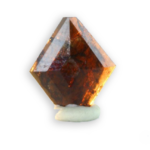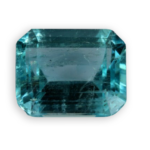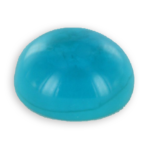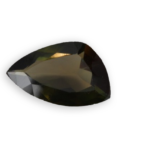
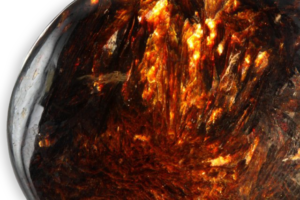
astrophyllite
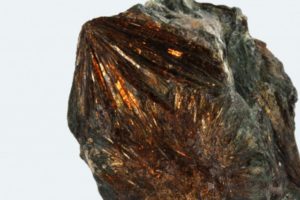
astrophyllite crystal from Russia
Detailed sheet
astrophyllite
Discovered in 1854, its name comes from the Greek “astron” – star- and “phyllon” – leaf- illustrating the shape of its starry groups of acicular crystals. In gemology, it is known as inclusions in quartz crystals and can be confused with rutile.

CHEMICAL CHARACTERISTICS
K2Na(Fe,Mn)7Ti2[Si8O26] (OH)4
complex silicate

PHYSICAL CHARACTERISTICS
Main color
brown
Other colors
yellow, red
golden color, with bronze reflections
Color of streak
brown
Luster
greasy, pearly
Hardness
3.0 to 4.0
Density
3.20 to 3.40
Cleavage
perfect
Fracture
uneven

OPTICAL PROPERTIES
Transparency
opaque, translucent
Refractive index
1.680 - 1.730
Double refraction
0.050
definite, biaxial positive
visible double refraction
No
Dispersion
0.000
Pleochroism
strong
Number of colors
3
dark orange, yellow-orange, yellow
Fluorescence
none
Inclusions
the astrophyllite is often included in other crystals such as quartz

CRYSTALS PROPERTIES
often in very thin blades or radiating “stellate” aggregates
crystals system
triclinic

OTHER INFORMATIONS

APPROACHING GEMS
Exploited
sites
It is found in many deposits in Norway, Russia, Pakistan, United States (Arkansas, Colorado), Canada, Brazil, Greenland, Mongolia.
use in jewelry
In quartz cut cabochon or faceted, it occurs as needles of golden-bronze color.
Historical
healing properties
It would have a role in cleaning, depuration. In the digestive system, it would promote its proper functioning. It would be in relation to the sacral chakra and the plexus one.
It would encourage the abandonment of bad experiences of life, to abandon them and to be finally released.
Venez visitez
notre site web
voillot-joaillier.fr
Lorem ipsum dolor sit amet, consectetur adipiscing elit. Ut elit tellus, luctus nec ullamcorper mattis, pulvinar dapibus leo.Lorem ipsum dolor sit amet, consectetur adipiscing elit. Ut elit tellus, luctus nec ullamcorper mattis, pulvinar dapibus leo consectetur adipiscing elit. Ut elit tellus, luctus nec.

